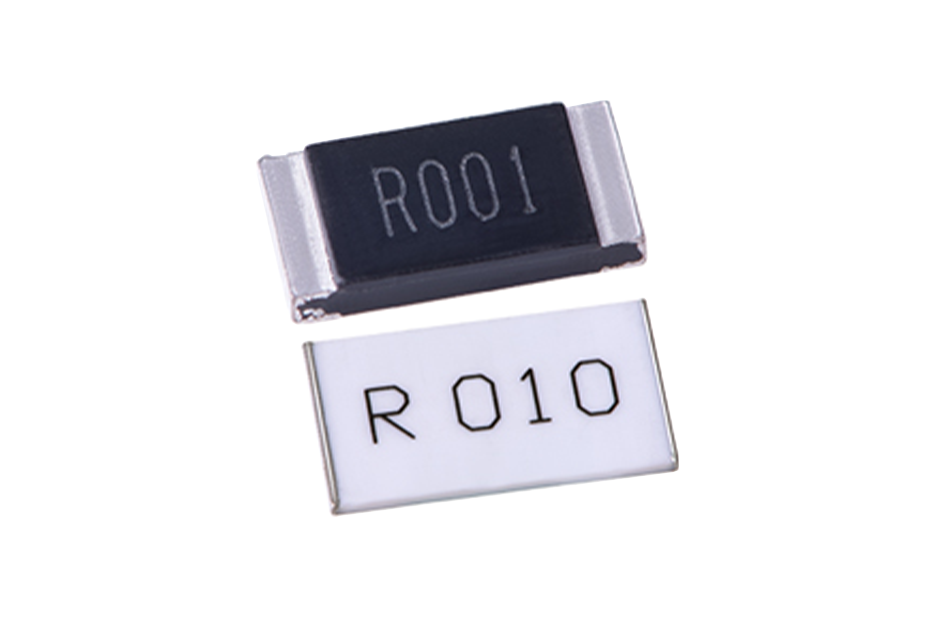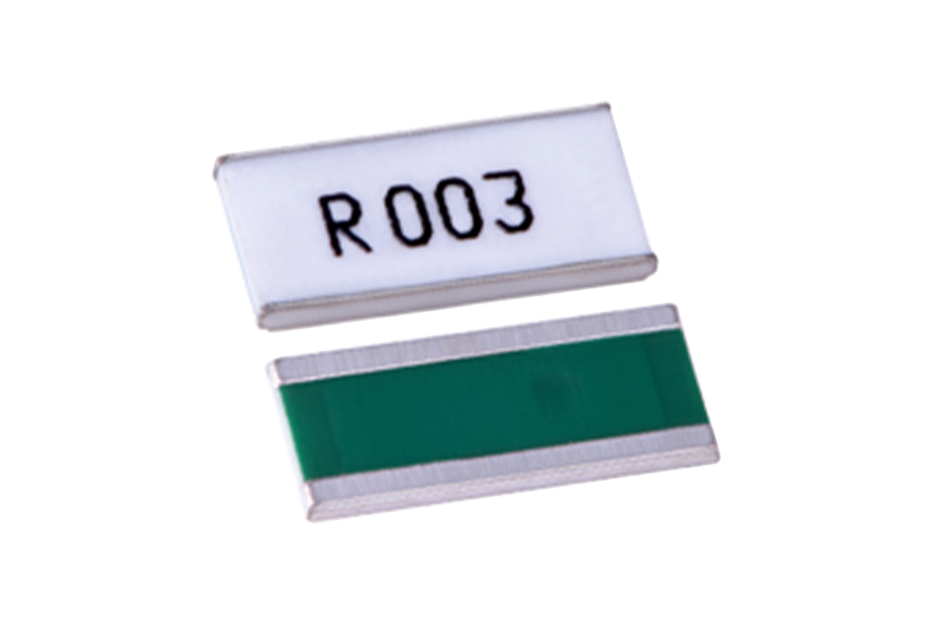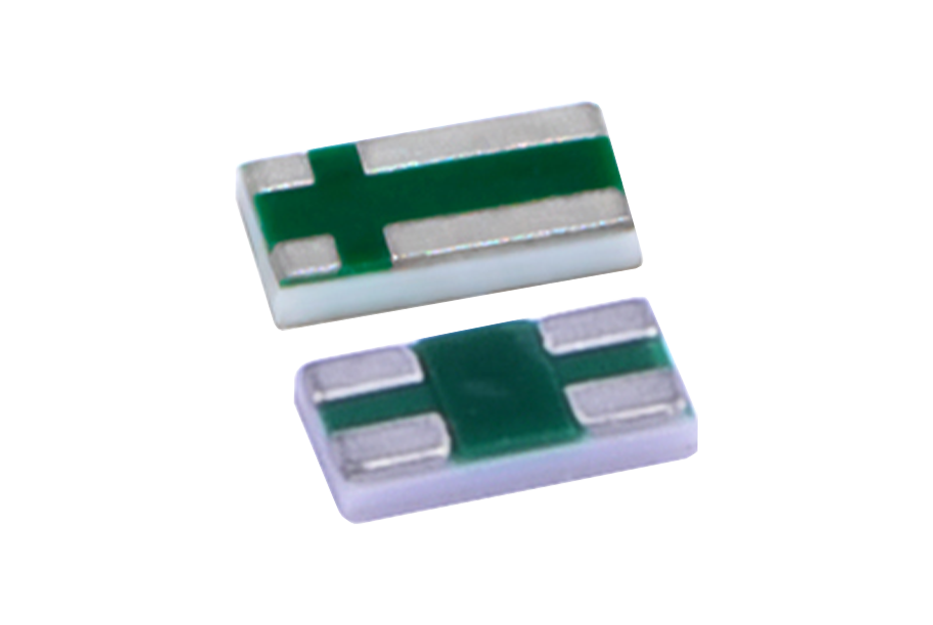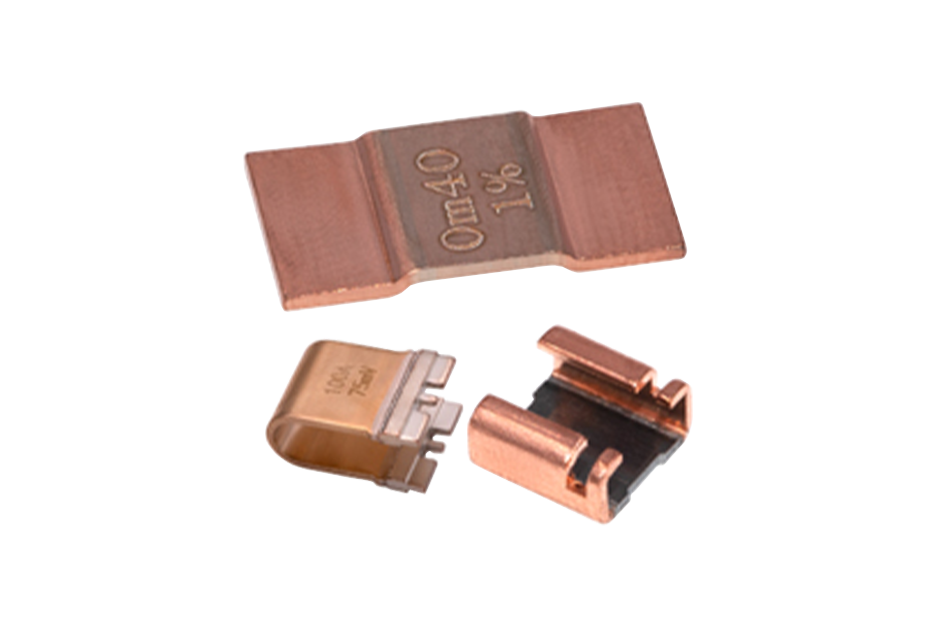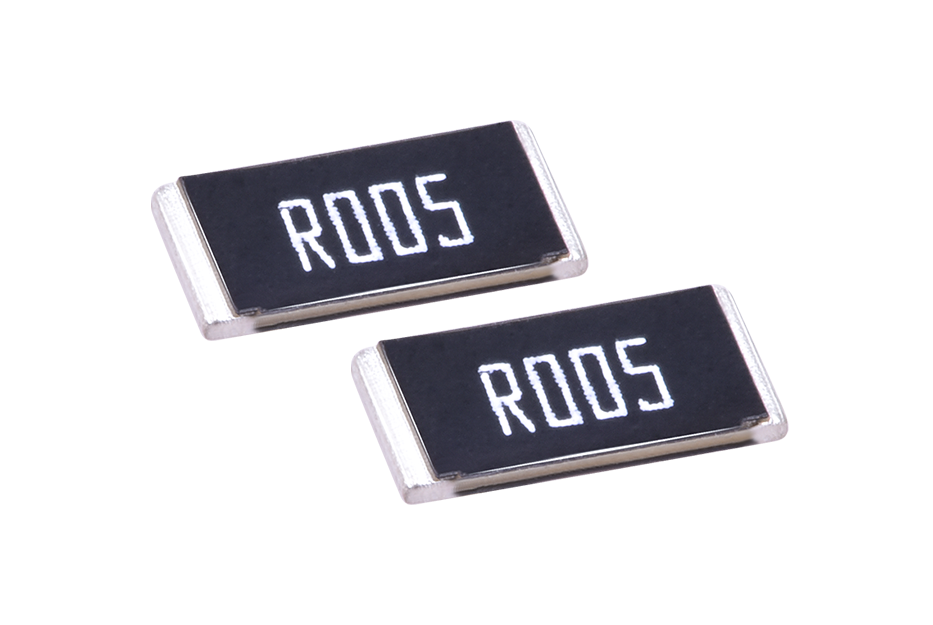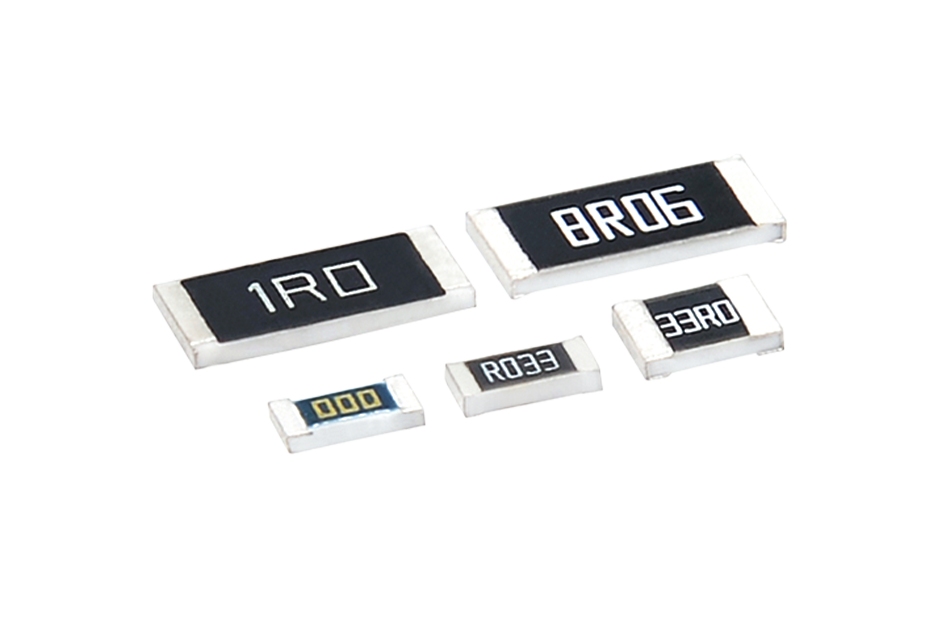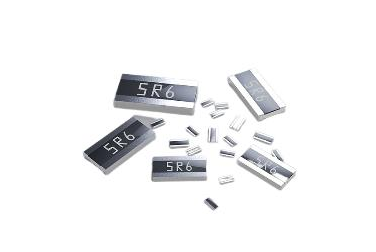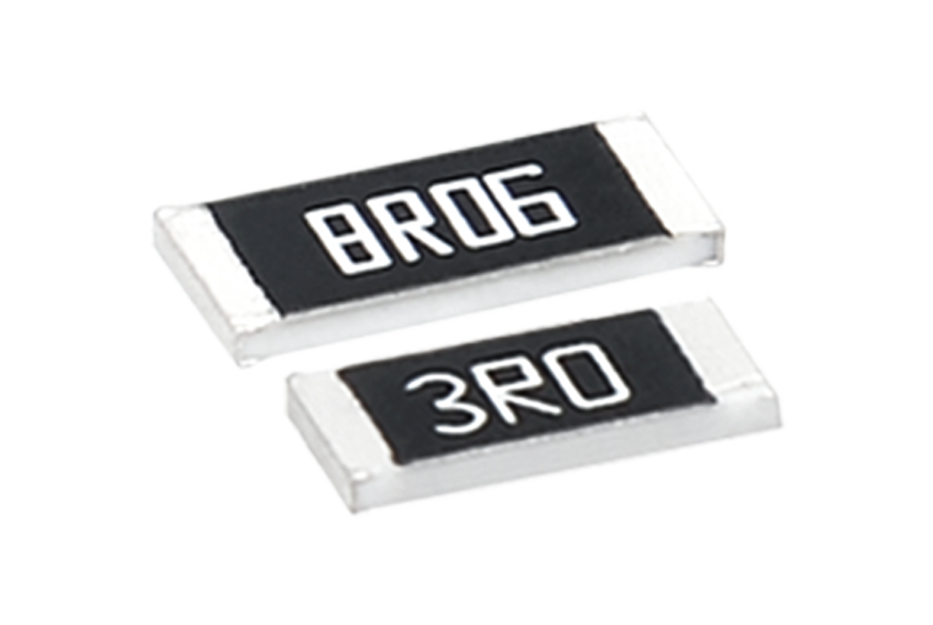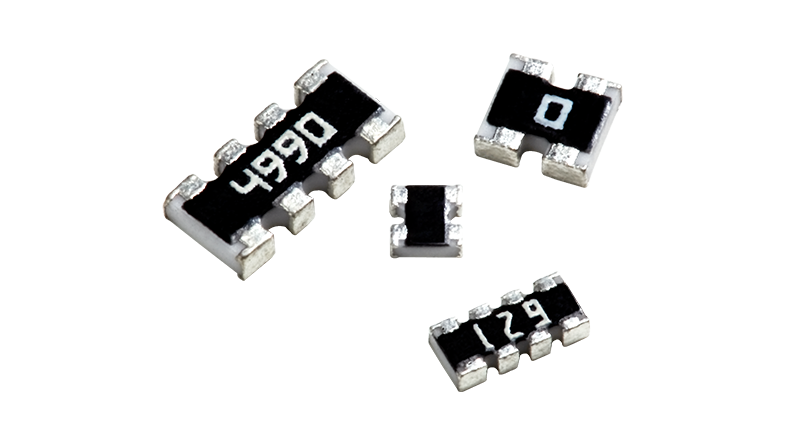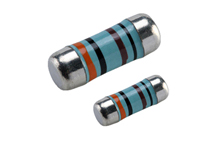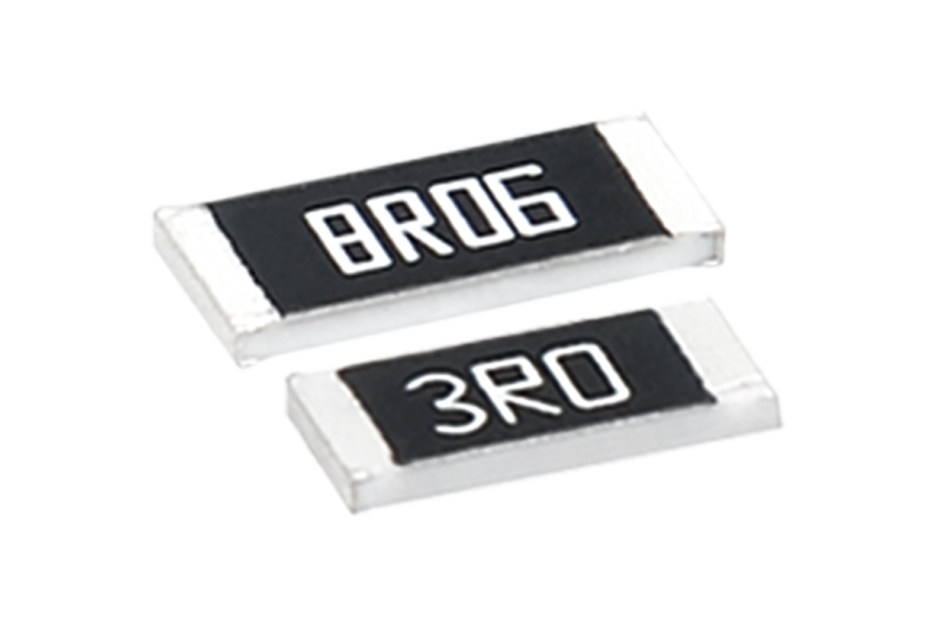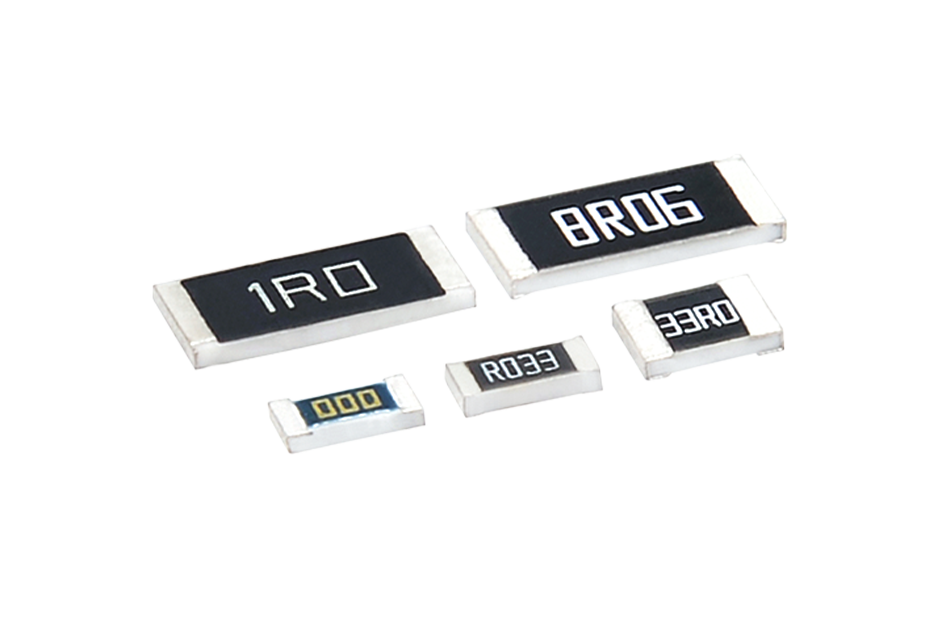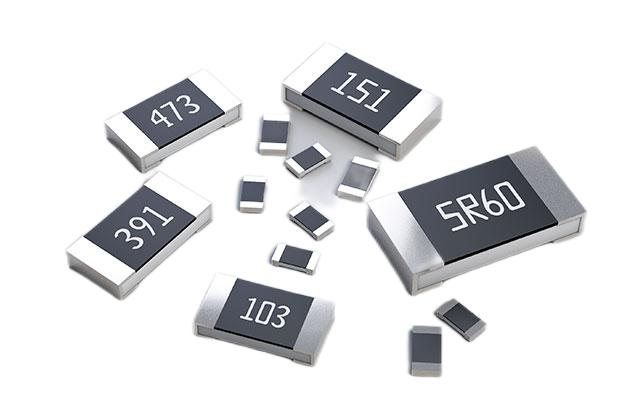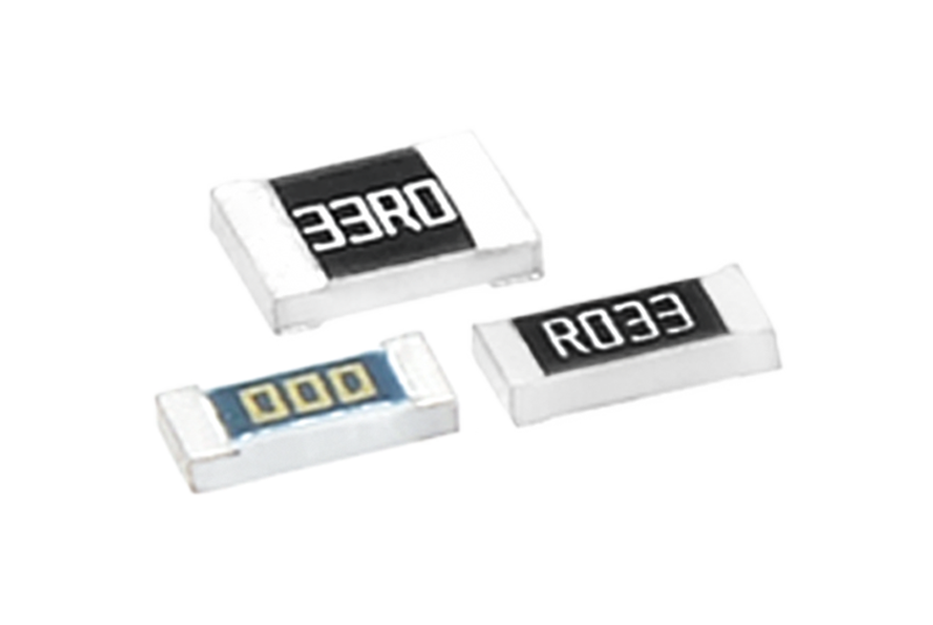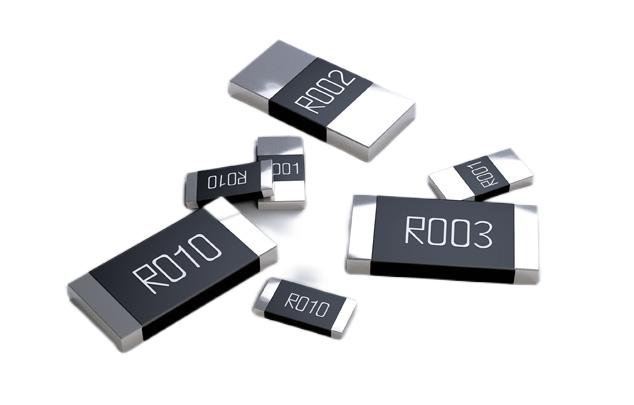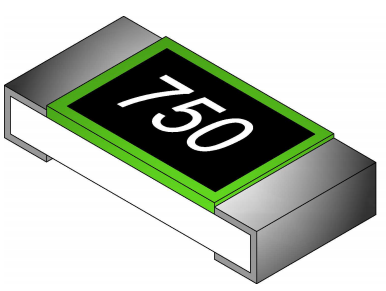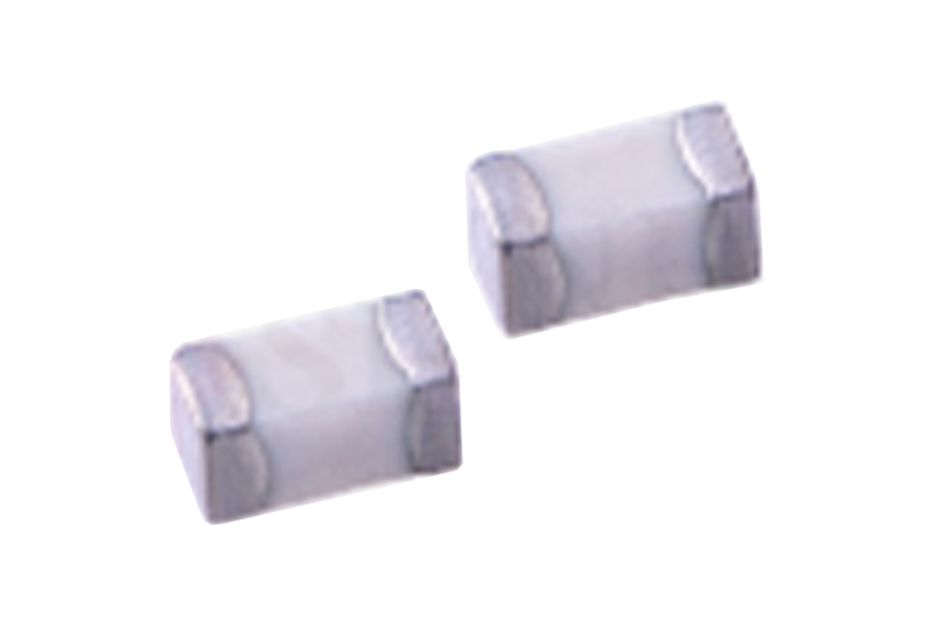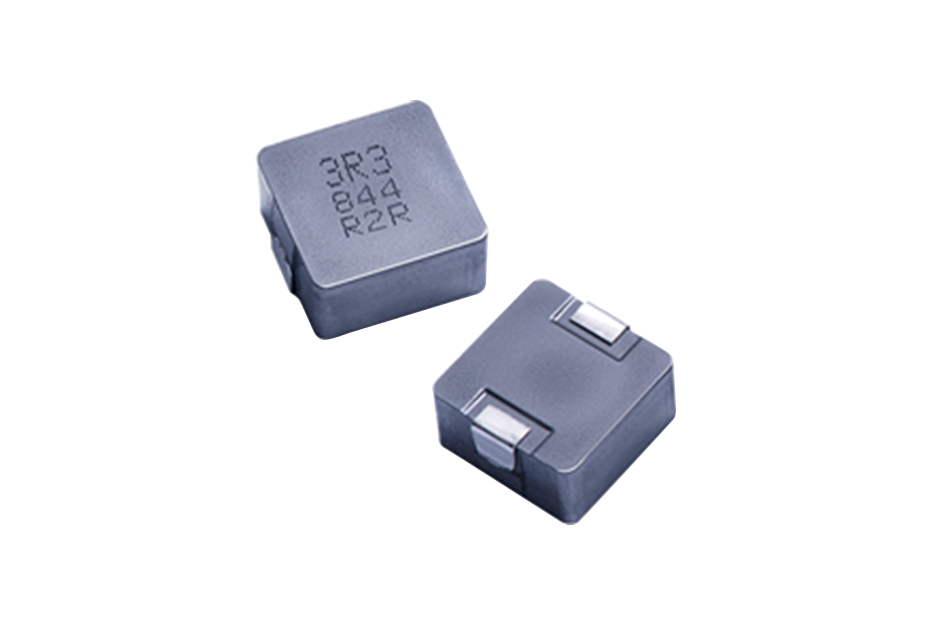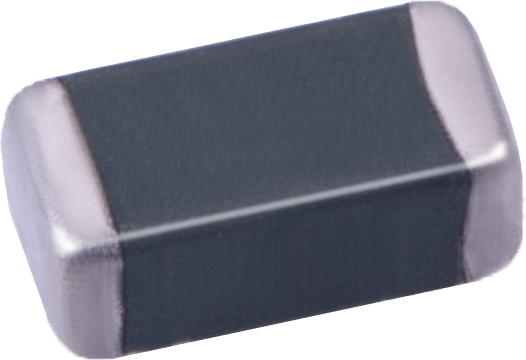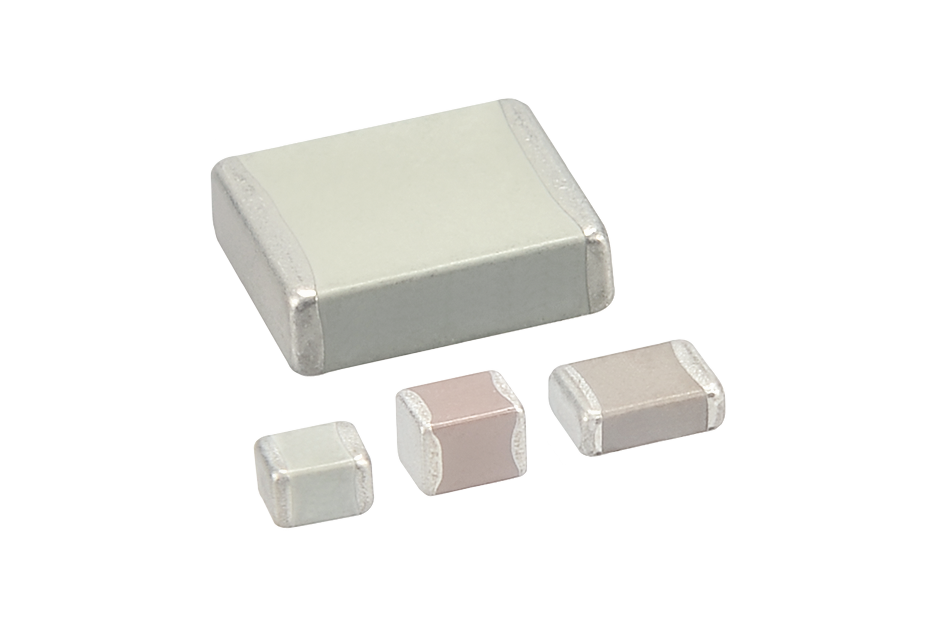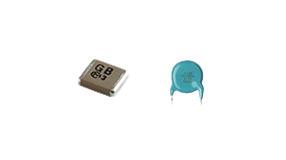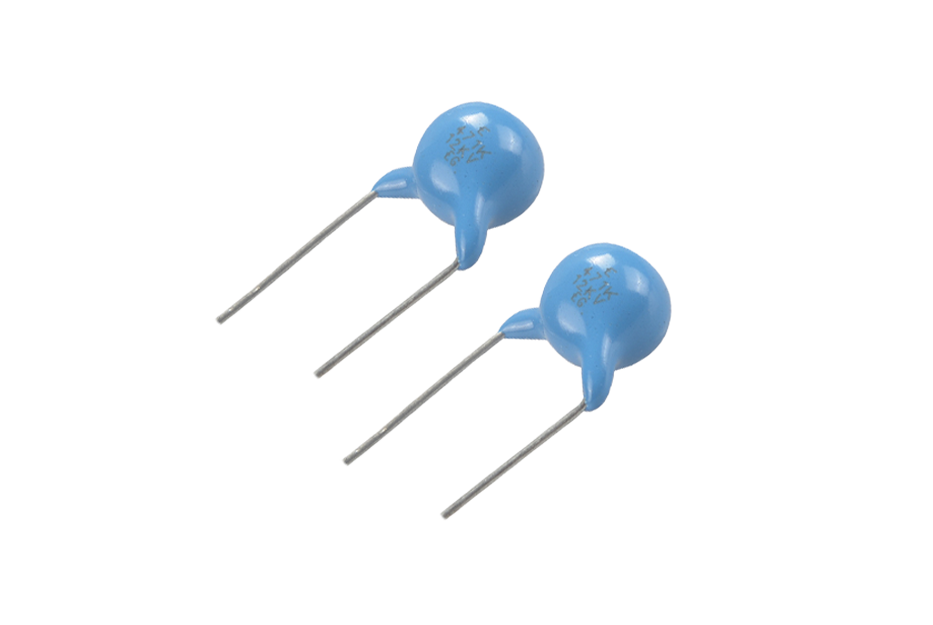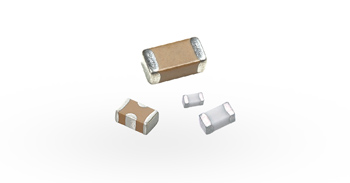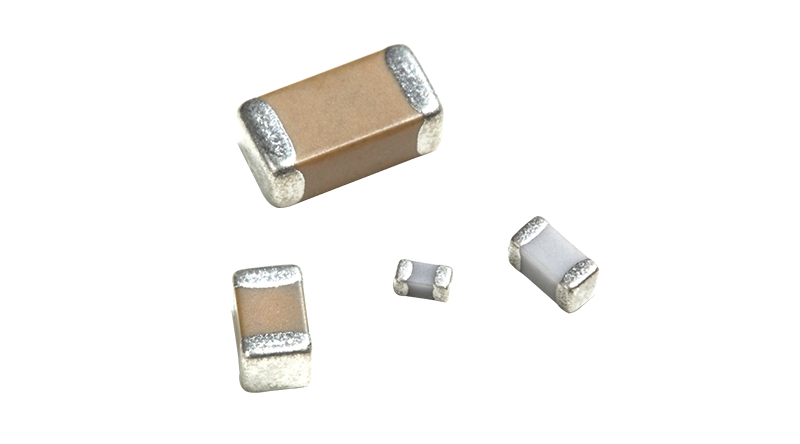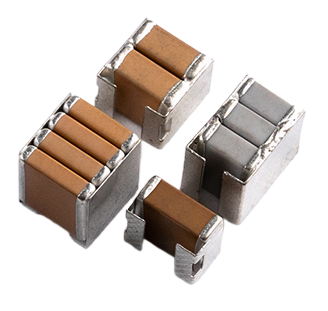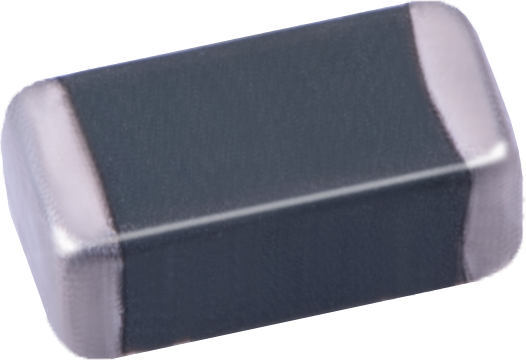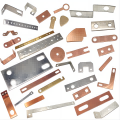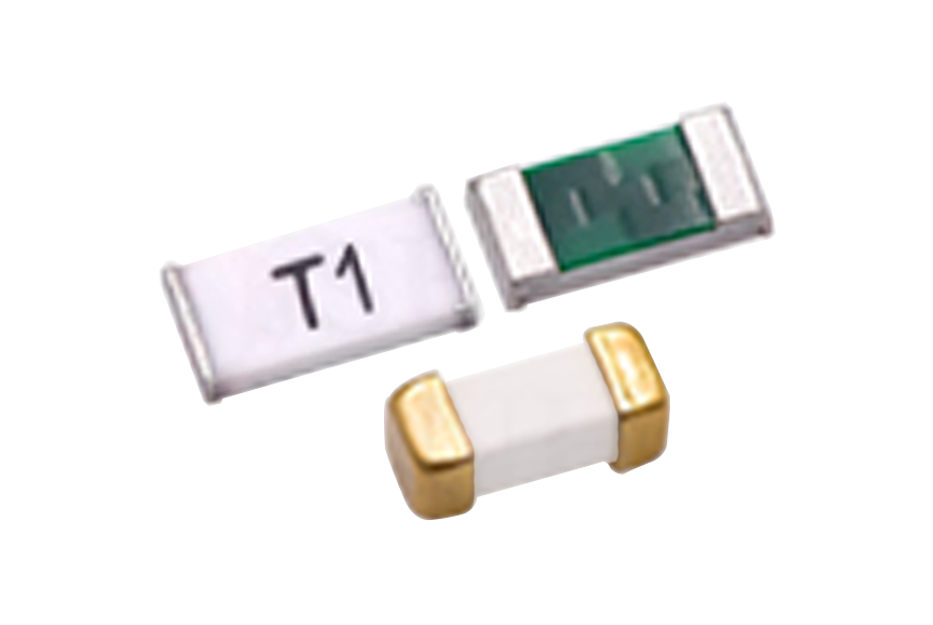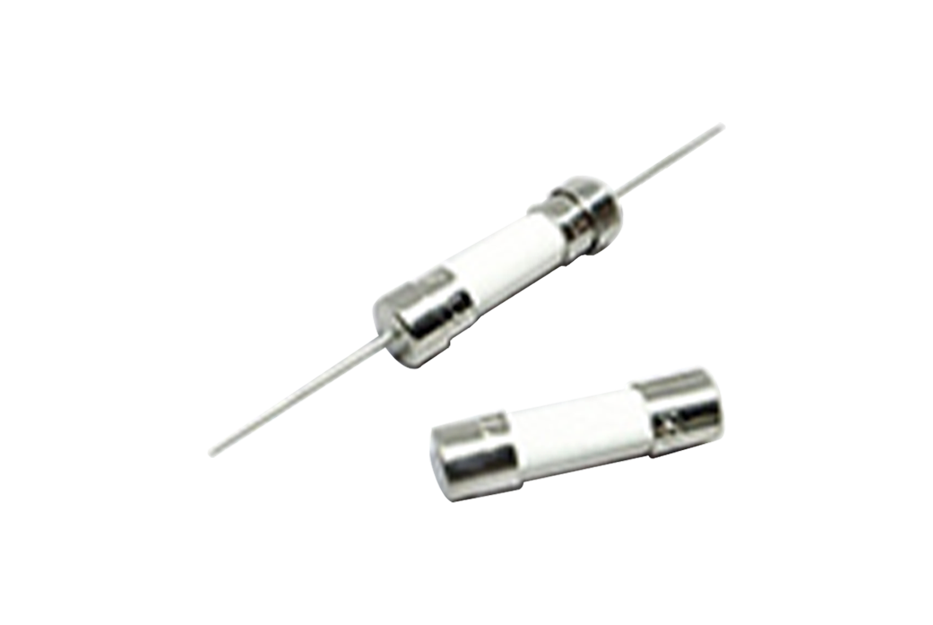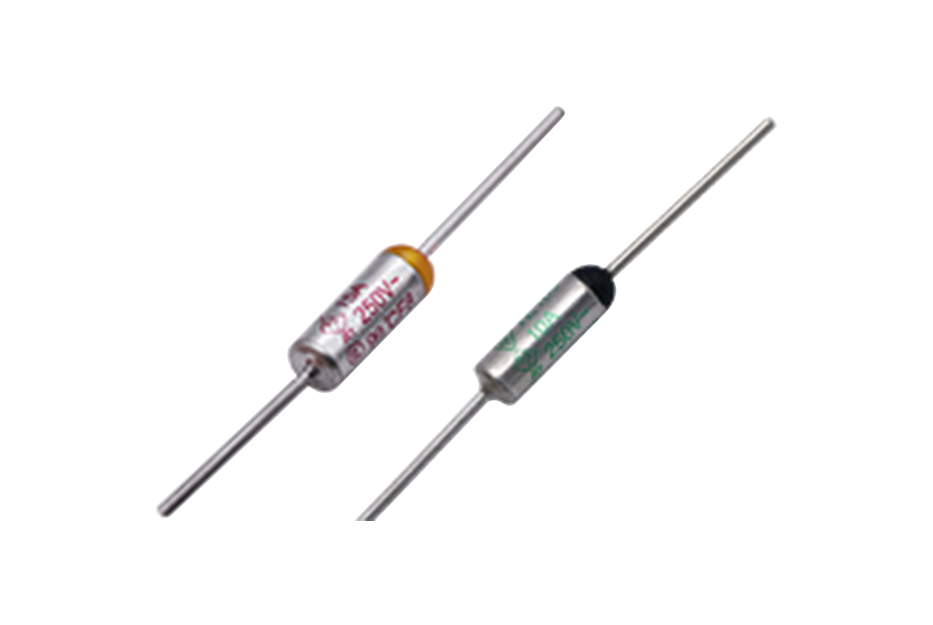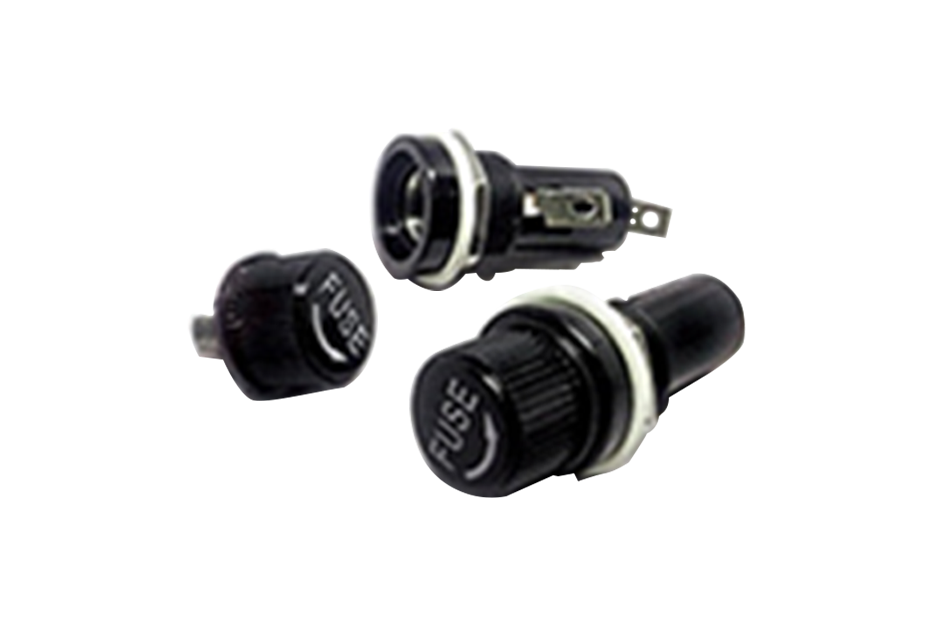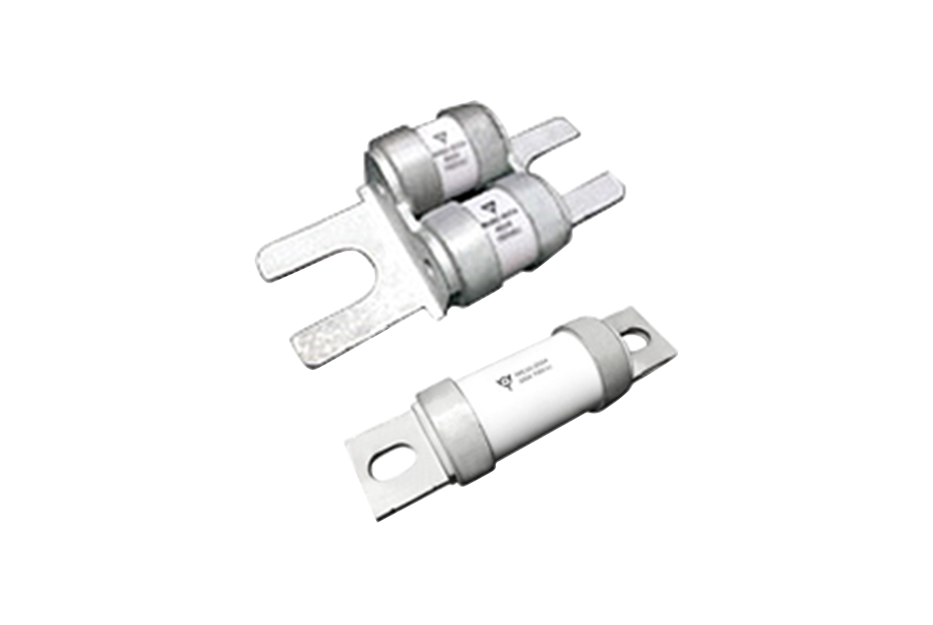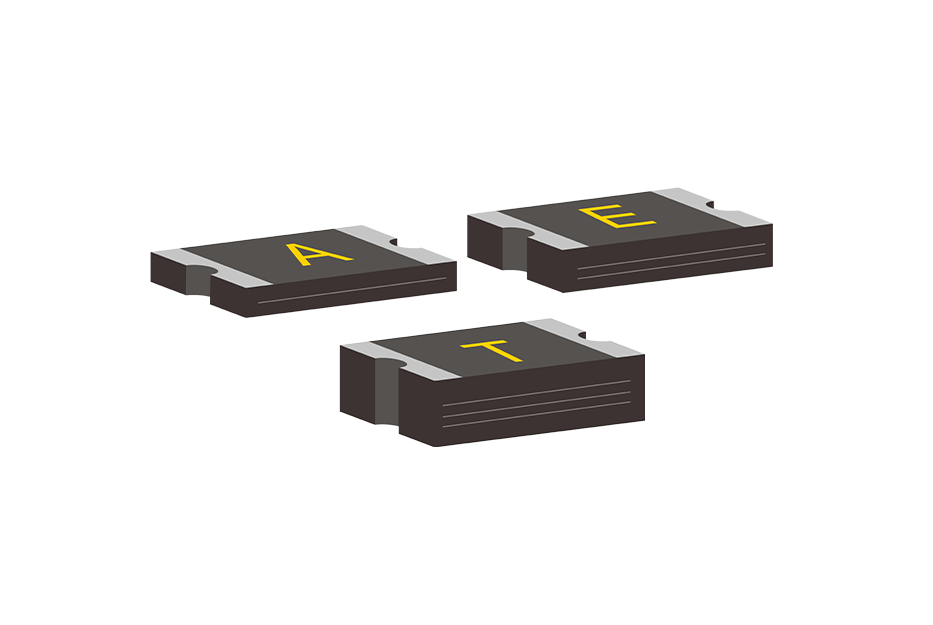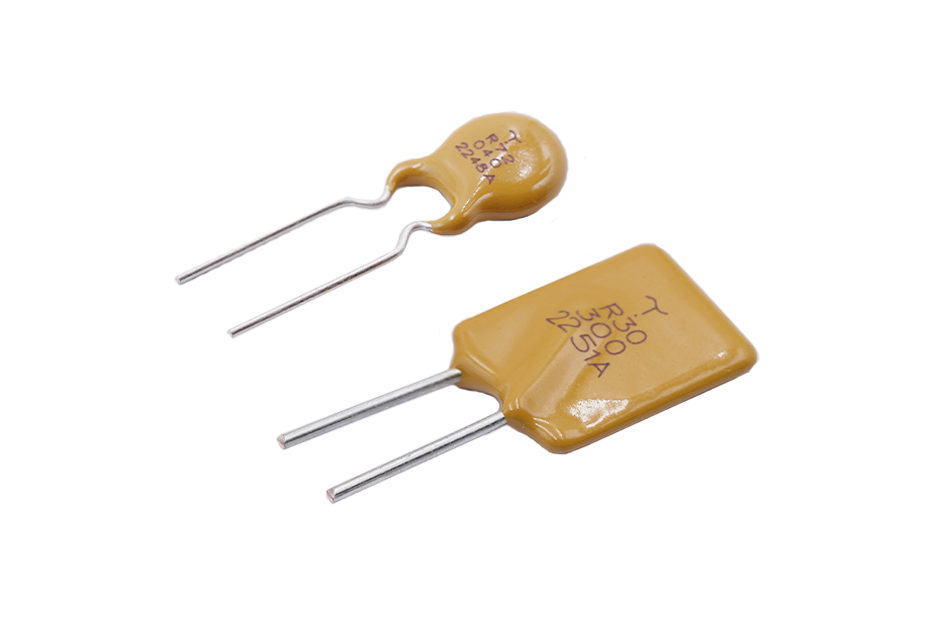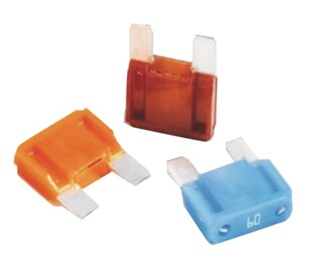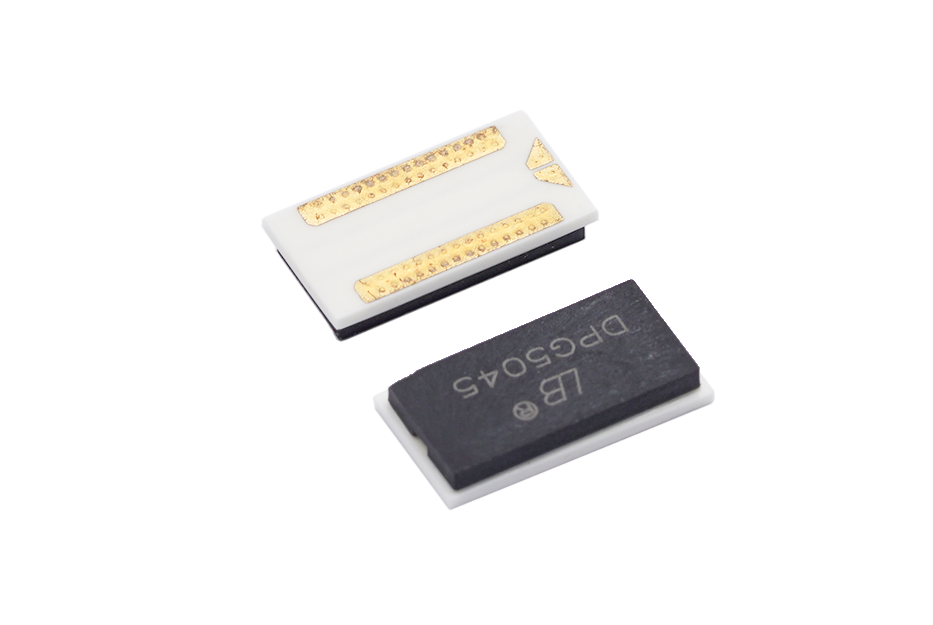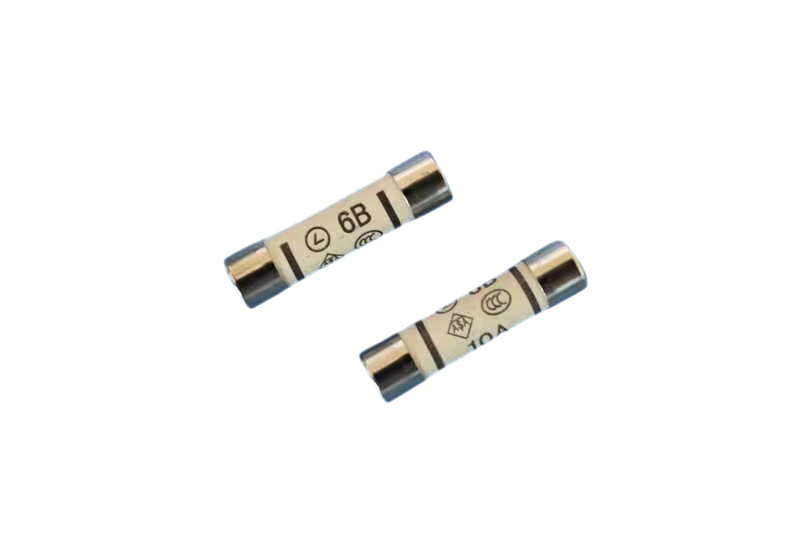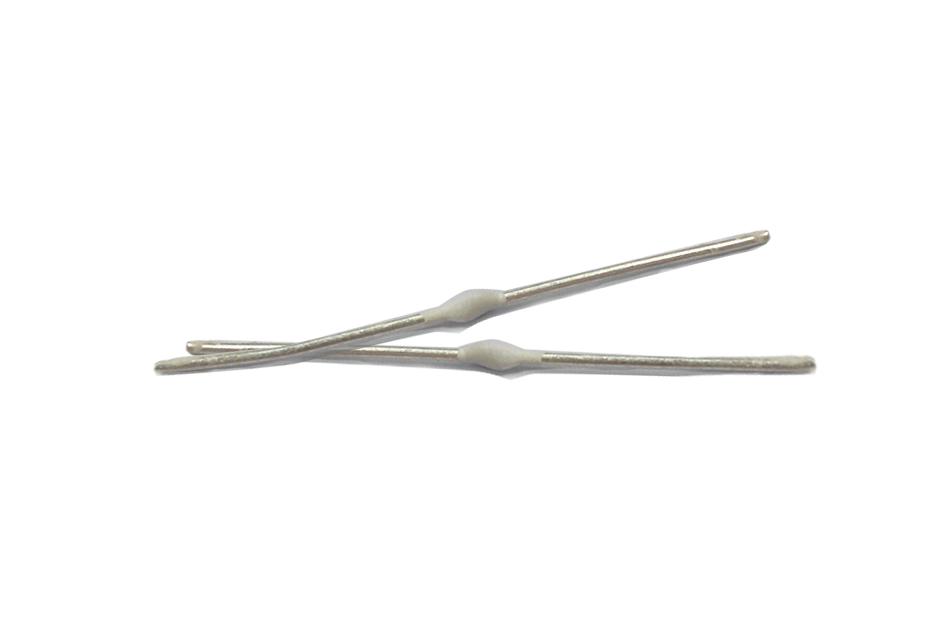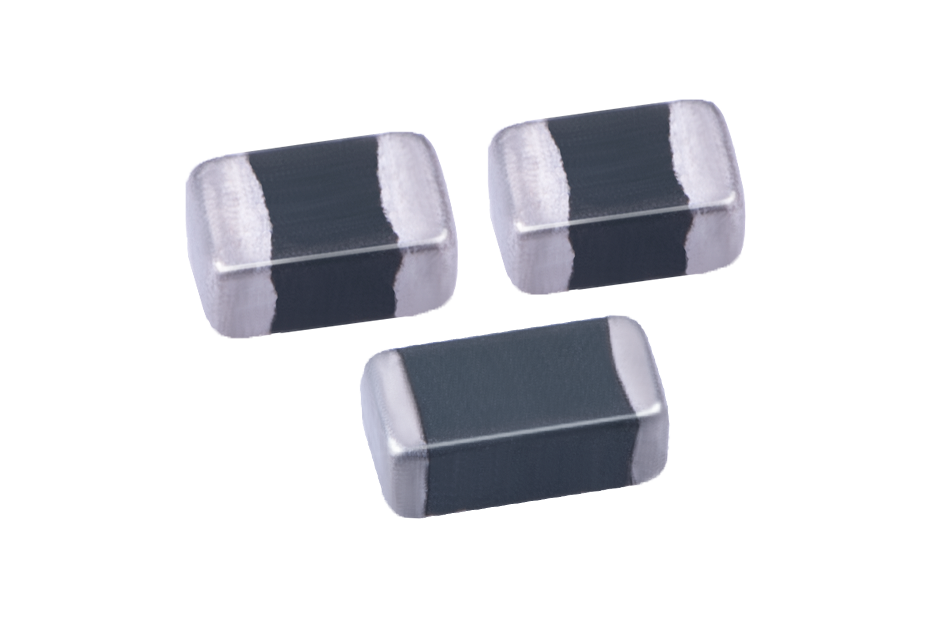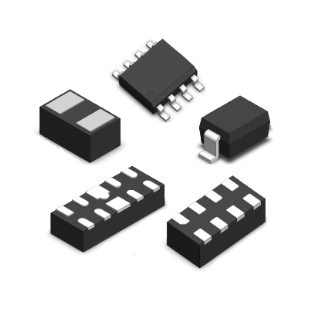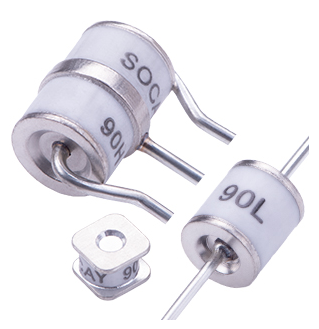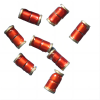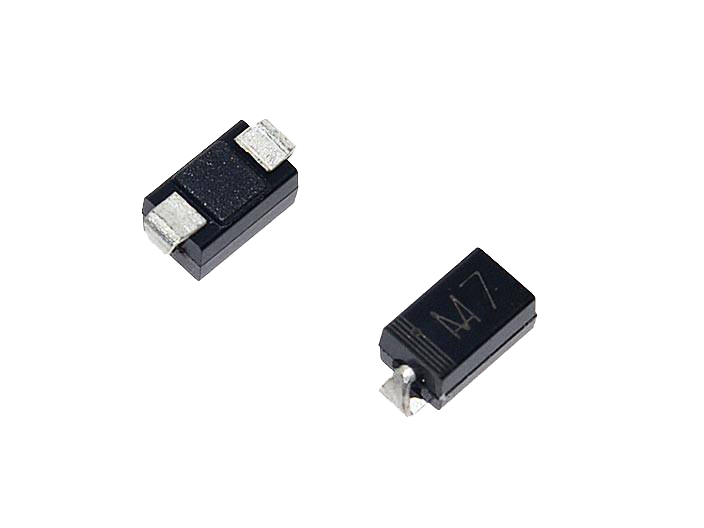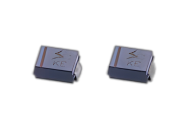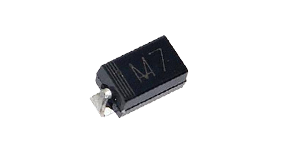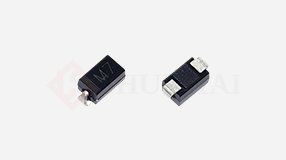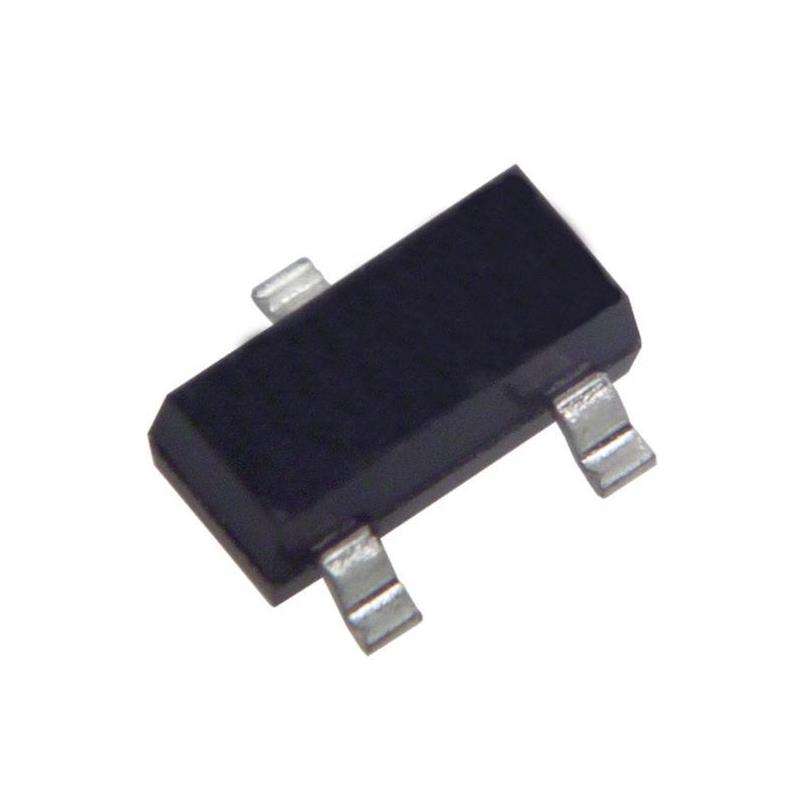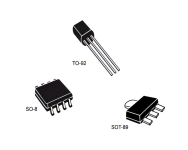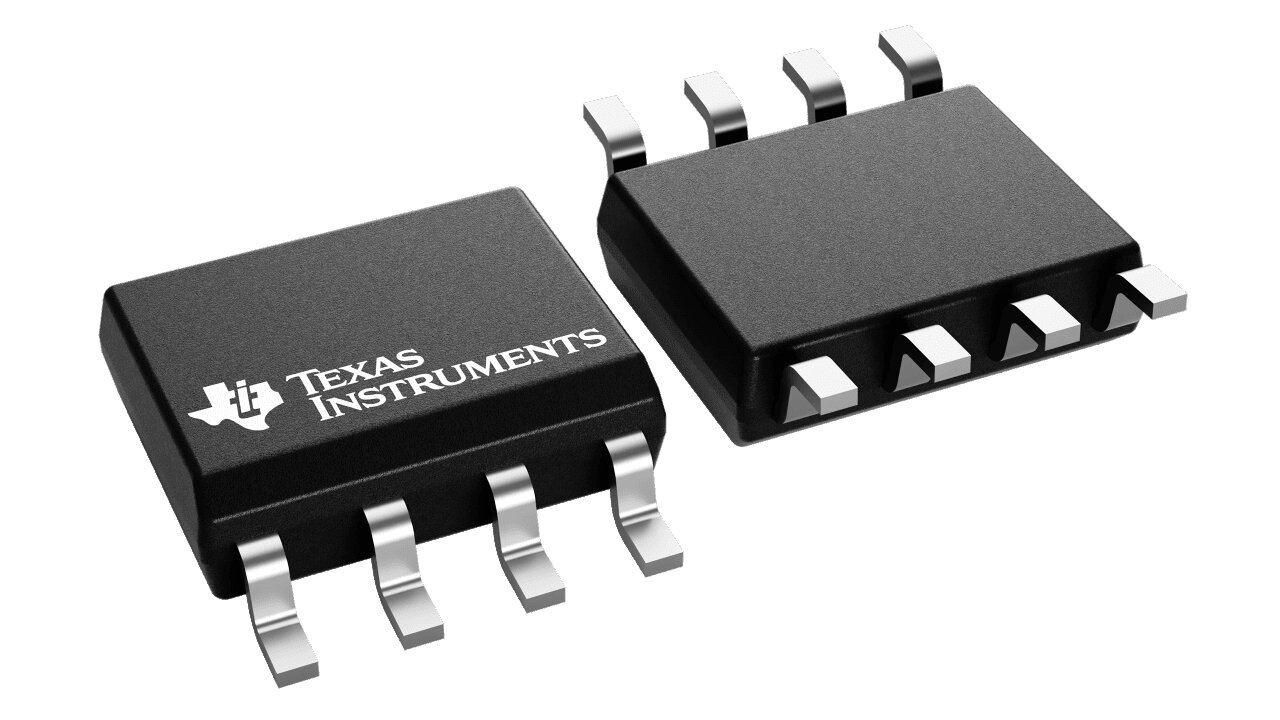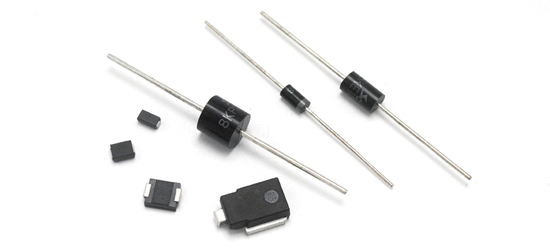Winding resistance, as one of the common components in the electronics industry, the working principle of winding resistance is based on Ohm's law, that is, the resistance value R is proportional to the length of the conductor L, is inversely proportional to the cross-sectional area of the conductor A, and is proportional to the resistivity of the conductor ρ. The winding resistance achieves a specific resistance value by controlling the length, cross-sectional area and resistivity of the wire. When a current passes through a wound resistor, electrons collide with atoms in the wire, resulting in a loss of energy, resulting in a resistance effect.
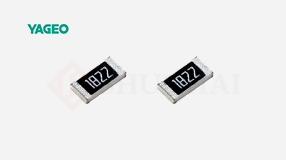
Characteristics of winding resistance
Winding resistance usually has high stability, its resistance value can remain relatively stable in a long time of work and different ambient temperatures, because the winding resistance will generate heat at work, so it usually has good heat resistance, can work normally in a certain high temperature environment. The wire and insulation skeleton of the winding resistor are usually made of corrosion-resistant materials to ensure good service life in wet or corrosive environments. Some specially designed winding resistors are also adjustable, and the resistance value can be changed by adjusting the length or tightness of the metal wire.
Practical application of winding resistance
Power supply circuit: In the power supply circuit, winding resistance is often used for current limiting, voltage division and filtering functions to ensure the stable output of the power supply and protect other circuit components.
Signal processing circuit: In signal processing circuits such as audio and video, winding resistors are often used to adjust signal amplitude, frequency response and impedance matching to improve signal quality and transmission efficiency.
Measurement and instrumentation: Winding resistors are also widely used in measurement and instrumentation, such as for the production of precision resistance boxes, potentiometers, etc., to provide accurate resistance values and voltages.
Automotive electronics: In automotive electronics systems, winding resistors are often used in sensor circuits, control circuits and power circuits to ensure the normal operation and safety of automotive electronic equipment.
Industrial automation: In the field of industrial automation, winding resistors are often used in motor control, temperature detection and process control circuits to achieve accurate control and stable operation of automation equipment.
Considerations for the selection of winding resistance
In addition to considering the basic parameters such as resistance value, power and accuracy, attention should be paid in practical applications to ensure that the insulation performance of the winding resistance is good to prevent short circuit and leakage in the circuit. For high-power winding resistors, attention should be paid to their heat dissipation performance to ensure that they will not be damaged or affect performance due to overheating during the working process, and suitable winding resistance materials and structures should be selected according to the actual application environment to ensure that they can work normally in different environments. Under the premise of meeting the performance requirements, the cost and reliability of the winding resistance should be considered comprehensively, and the cost-effective products should be selected.

